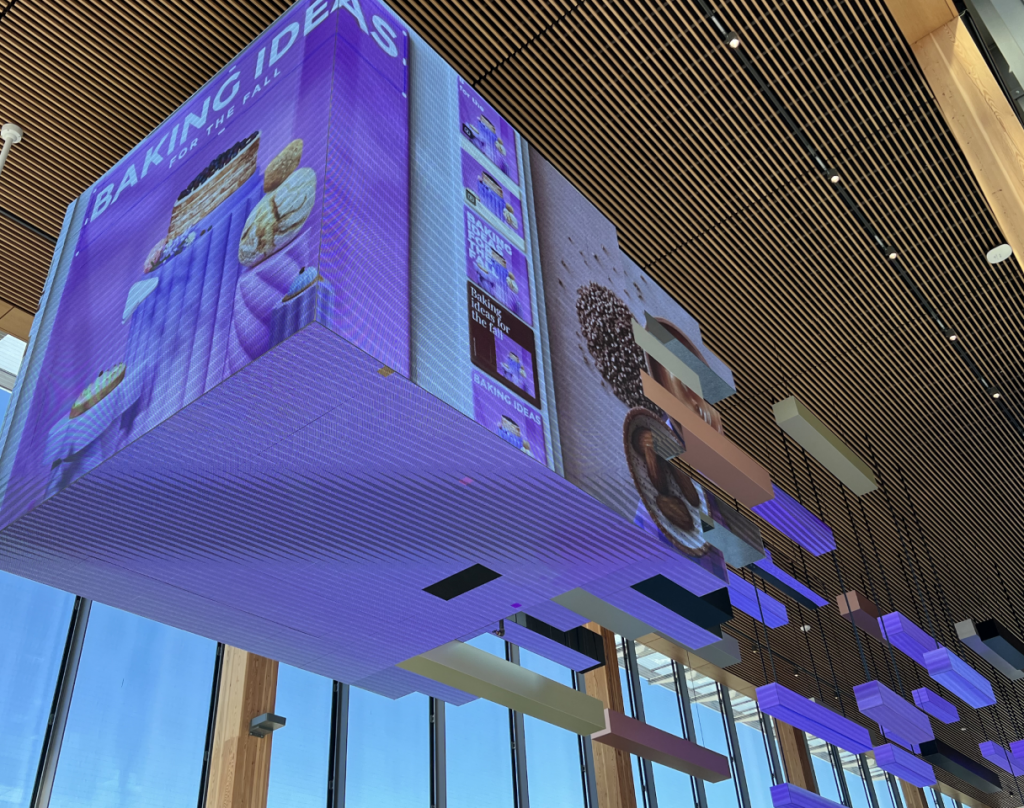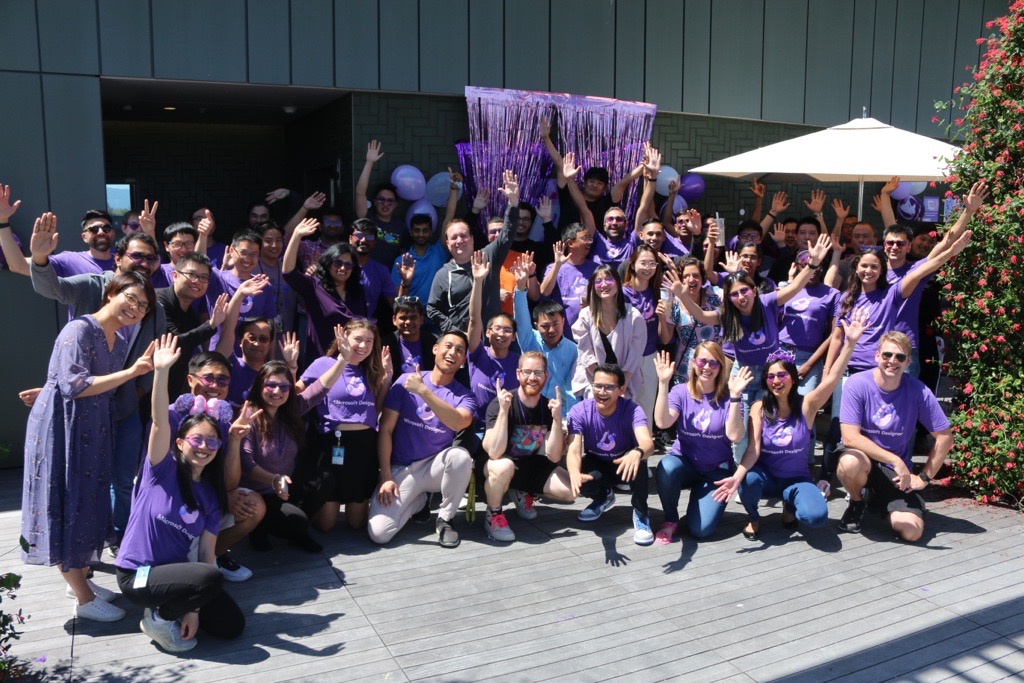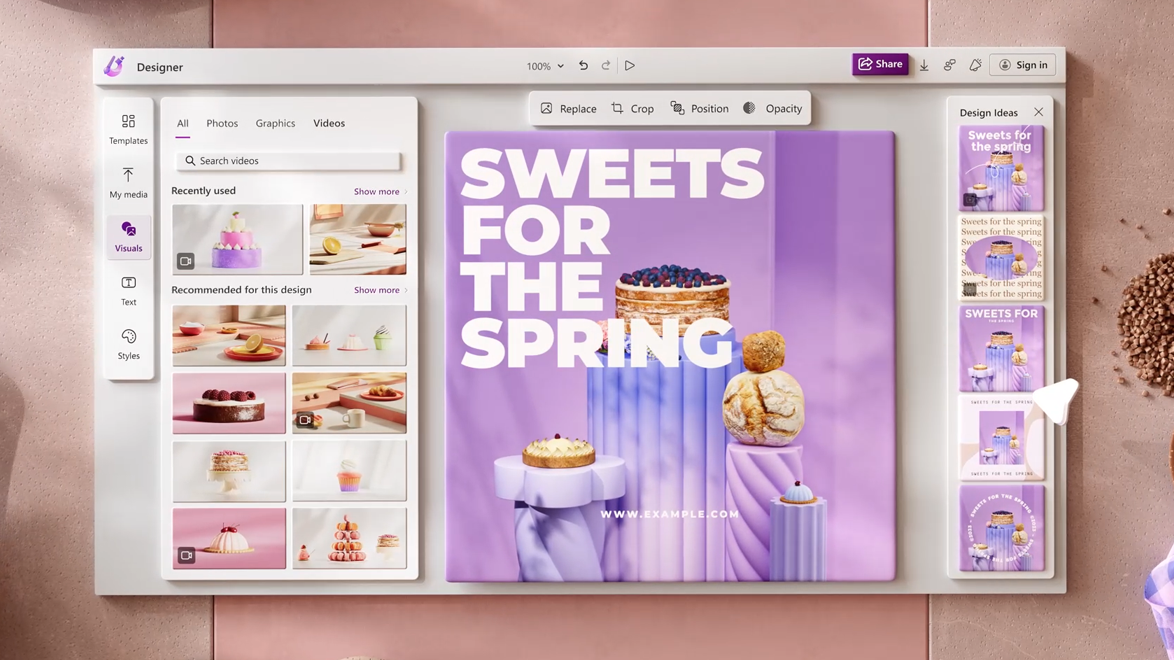Design fatigue. It strikes at the worst times, like when you have an important presentation looming, but you’ve been staring at a blank slide for 30 minutes, just waiting for inspiration to strike. It happens to the best of us, which was why the PowerPoint team began a small incubation intended to help overcome what was known internally as the “blank slide problem.” That incubation eventually became PowerPoint Designer, built as a cloud-based, AI-powered service that almost immediately changed the way hundreds of millions of people created impactful slides with little effort.
That early success showed the transformative potential that an AI-powered design tool could have in the hands of creators. It paved the way for the Designer service to grow from a feature in PowerPoint to its very own application, Microsoft Designer, built to supply a creative spark when we need it most, to generate stunning designs in a flash.
There’s already tremendous buzz around Microsoft Designer with people talking even before its release—it’s the first product to ever be advertised on the Cube in New York City’s Times Square and on the Cube at Microsoft’s Silicon Valley Campus. Now that it’s available both as a standalone app and integrated into Microsoft Edge, it’s transforming the way we create and shows us the value such a tool can have in the hands of creators, both novice and professional.

HUMBLE HACKATHON BEGINNINGS
PowerPoint Designer began with a product manager and a designer believing that they could solve the blank slide problem with technology. They met early resistance and doing so seemed almost impossible given the state of technology at the time. Nevertheless, they persisted, building their case so that it could be done. At one point, leadership authorized a skunkworks project to formally explore how to do this. Now with engineering resources, the team started exploring ways forward. Between countless experiments and hackathons, they found a solution and more people across PowerPoint were brought on to make PowerPoint Designer a reality.
“What began as a dream and proved itself via experimentation and hackathons turned into one of the most revolutionary advances PowerPoint had ever seen,” said Shawn Villaron, current GM/VP of PowerPoint. “To date, PowerPoint Designer has created over eleven billion slides, saving billions of minutes of work, worldwide, over its lifetime.”
It was this success that drove the creation of a new team tasked with building an entirely new product, Microsoft Designer, this new team understood the potential that Designer could have. The potential there was to revolutionize not just slide creation, but content creation. They went back to their central question: “can leveraging AI help you be faster and more successful? Can it help you beautify your designs?” Those questions led them to create something both simple to use and rich with features and capabilities—a platform that uses AI to help you design.

“Not all of us are world-class graphic artists, but we all understand the value of good design to convey ideas,” said Derek Johnson, Director of Program Management for Designer and 15-year Microsoft Bay Area employee.
Realizing AI’s ability to fill gaps in our own toolkits, a small but scrappy team of Bay Area employees, including Derek and Group Engineering Manager Priyanka Sinha, looked to harness this emerging tech to make our lives easier and ideas stronger.
“With generative AI in Designer, you type a few words, and you have a full design in seconds,” said Priyanka.
FROM A FEATURE TO ITS OWN PRODUCT
The reception among Bay Area users was glowing from the start, as employees used the app to create gorgeous pitches and presentations. Such a valuable tool could only stay hidden for a brief time, and in the summer of 2021, we began development to include Designer as its own product in Microsoft 365.
What started as a passion project for a group of Bay Area employees has showed the world Silicon Valley’s ability to drive innovation.
Derek believes the secret to the team’s success has a lot to do with the Bay Area’s inventiveness and willingness to push the envelope.
“We took a very Silicon Valley approach. Here, we ask ourselves, ‘What’s a solution to this problem that nobody’s ever thought of before?’ We extend that worldview into everything we do—especially when it comes to new tech—and Microsoft understands that. This is the start of something big, for both Silicon Valley and Microsoft,” added Derek.
Priyanka agrees with that assessment of the Bay Area’s culture. “What I love about our team so much is that the culture is empowered from the bottom up. As long as people are given the right direction, so many good things happen. We’re constantly in awe of everything the team has done. And to think this was born out of a hackathon and turned into a product! We keep hearing the word ‘love’ from customers—what bigger value is there for a brand than love?”
Born out of Bay Area creativity, Microsoft Designer and Designer in Edge are now available. Visit designer.microsoft.com to learn more.






